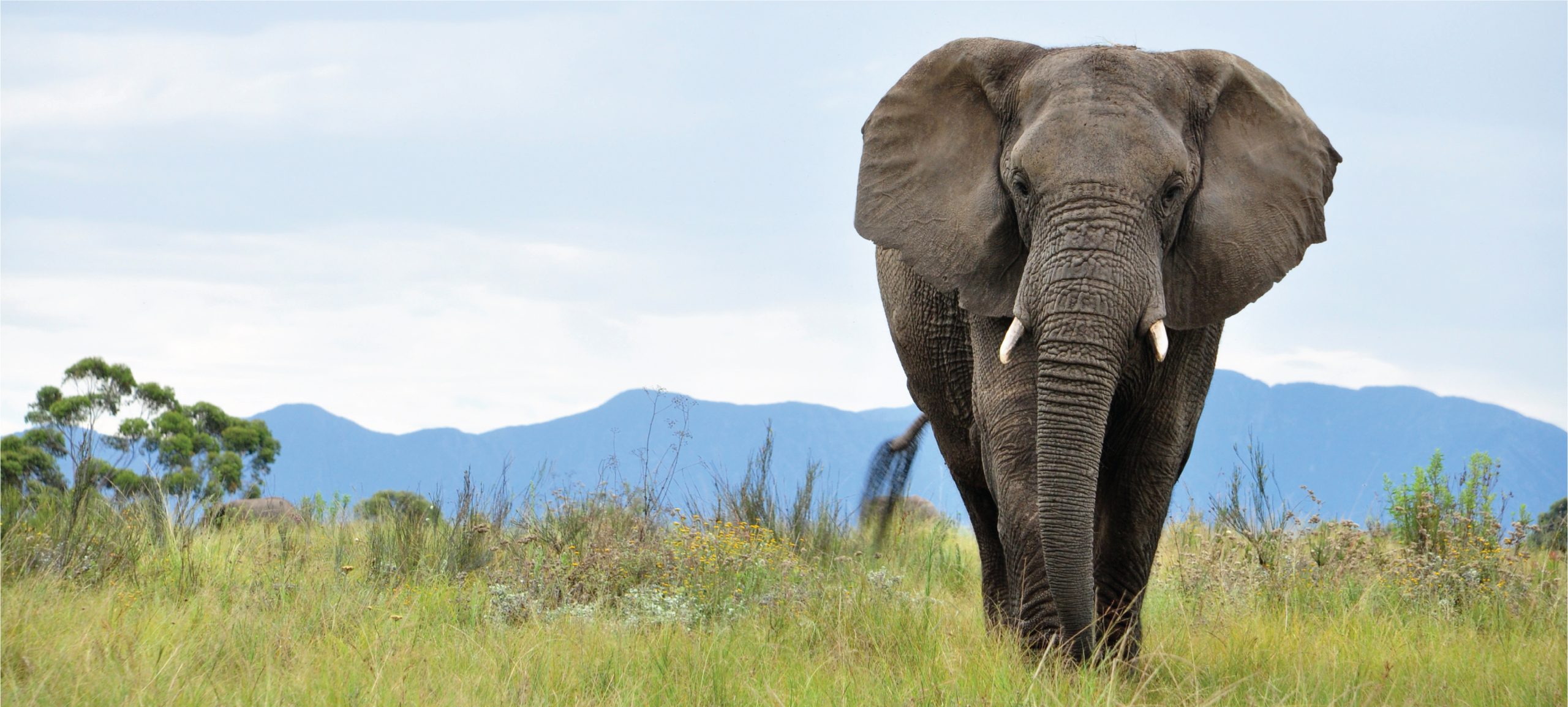-

Cape York Rock Wallaby
Discover the agile and elusive Cape York Rock Wallaby (Petrogale coenensis), a unique marsupial native to the rugged landscapes of Northern Queensland, Australia. Known for its remarkable climbing abilities and nocturnal foraging habits, this near-threatened species plays a crucial role in its ecosystem while facing challenges from habitat destruction and introduced predators. Learn more about…
-

Lowland Tree Kangaroo
Discover the captivating world of the Lowland Tree Kangaroo (Dendrolagus spadix), a remarkable marsupial native to Papua New Guinea’s lush rainforests. These agile climbers, with their striking reddish-brown fur and unique adaptations, play a crucial role in their ecosystem, yet remain elusive and vulnerable due to habitat destruction. Explore their fascinating behaviors, physical traits, and…
-

Seri’s Tree Kangaroo
Discover the enchanting world of Seri’s Tree Kangaroo (Dendrolagus stellarum), a unique marsupial thriving in New Guinea’s tropical rainforests. With striking chocolate-brown fur, impressive climbing abilities, and essential roles in forest ecology, these solitary animals are not only captivating to observe but also crucial for their environment. Learn more about their physical traits, behaviors, conservation…
-

Vogelkop Tree Kangaroo
Discover the intriguing world of the **Vogelkop Tree Kangaroo** (Dendrolagus ursinus), an elusive marsupial native to the lush montane forests of West Papua, Indonesia. This medium-sized marvel, adapted for an arboreal lifestyle, boasts impressive features such as curved claws for climbing and a prehensile tail for balance. Learn about their unique behaviors, ecological roles, and…
-

Short-eared Rock Wallaby
Discover the fascinating Short-eared Rock Wallaby (Petrogale brachyotis), a small marsupial native to Australia, renowned for its agility in navigating rocky terrains. With distinctive short ears and a remarkable ability to blend into its environment, this elusive herbivore plays a crucial role in maintaining ecological balance. Learn about its unique adaptations, behaviors, and the conservation…
-

Wondiwoi Tree Kangaroo
Discover the Wondiwoi Tree Kangaroo (Dendrolagus mayri), a rare marsupial native to the montane forests of Papua, Indonesia, once thought extinct until its rediscovery in 2018. With its striking dark brown coat, prehensile tail, and adaptations for climbing, this Critically Endangered species plays a vital ecological role as a folivore. Learn about its unique behaviors,…
-

Dingiso
Discover the fascinating Dingiso (Dendrolagus mbaiso), a rare tree kangaroo endemic to the highland rainforests of Western New Guinea. With its striking black and white fur, specialized climbing adaptations, and unique ecological role, the Dingiso not only captivates wildlife enthusiasts but also plays a crucial part in its forest ecosystem. As conservation efforts ramp up…
-

Ifola Tree Kangaroo
Discover the captivating Ifola Tree Kangaroo, a rare marsupial native to the lush rainforests of Papua New Guinea. With its striking chestnut brown fur and remarkable agility, this arboreal wonder plays a vital role in its ecosystem while facing critical threats to its survival. Explore its unique adaptations, solitary behaviors, and the urgent conservation efforts…
-

Golden-mantled Tree Kangaroo
Discover the Golden-mantled Tree Kangaroo (Dendrolagus pulcherrimus), a remarkable marsupial native to New Guinea’s lush rainforests. With its striking golden-orange mantle and unique adaptations for an arboreal lifestyle, this endangered species plays a crucial role in forest health through seed dispersal. Learn about its fascinating behavior, habitat, and the ongoing conservation efforts aimed at protecting…
Search
Popular Posts
-
Lampropeltis abnorma
Discover the striking Lampropeltis abnorma, or Central American Kingsnake, known for its vibrant coloration and smooth, glossy scales. Found in Central America’s tropical rainforests, this nocturnal predator plays a crucial role in its ecosystem by controlling pest populations and maintaining balance among small mammal and reptile communities.
-
Lamprolepis smaragdina
The Emerald Tree Skink (Lamprolepis smaragdina) is a vibrant, arboreal reptile native to tropical rainforests in the South Pacific, recognized for its striking green coloration, slender build, and prehensile tail. Primarily insectivorous, these skinks thrive in humid environments and play a vital role in maintaining ecological balance within their habitats.
-
Lamprolepis nieuwenhuisii
Discover the stunning Lamprolepis nieuwenhuisii, also known as the Nieuwenhuis’ Wrinkle-scaled Lizard, native to the rainforests of Southeast Asia. This fascinating species is characterized by its unique wrinkled scales, vibrant coloration, and agile movements, playing a vital role in its ecosystem as both a predator and prey.
Categories
Tags
animal adaptations (850) animal behavior (4898) animal reproduction (830) behavior (920) biodiversity (7464) conservation (1670) conservation efforts (1649) conservation status (5327) diet (2102) echolocation (822) ecological balance (1841) ecological role (1702) ecology (796) ecosystem (1469) ecosystem role (2797) endangered species (2472) environmental conservation (782) habitat (3269) habitat conservation (1030) Habitat Destruction (1243) habitat loss (3223) insectivorous reptiles (825) IUCN Red List (1720) lizard reproduction (801) nocturnal animals (2738) nocturnal behavior (2473) nocturnal reptiles (891) physical characteristics (2032) reproduction (2880) reptile behavior (805) reptile conservation (1148) reptile reproduction (842) rodent species (1325) seed dispersal (2115) Seed Disperser (971) small mammals (1166) snake behavior (766) snake diet (872) snake reproduction (939) South America (801) tropical forests (944) Vulnerable Species (4739) wildlife (2510) wildlife conservation (5021) wildlife protection (947)




